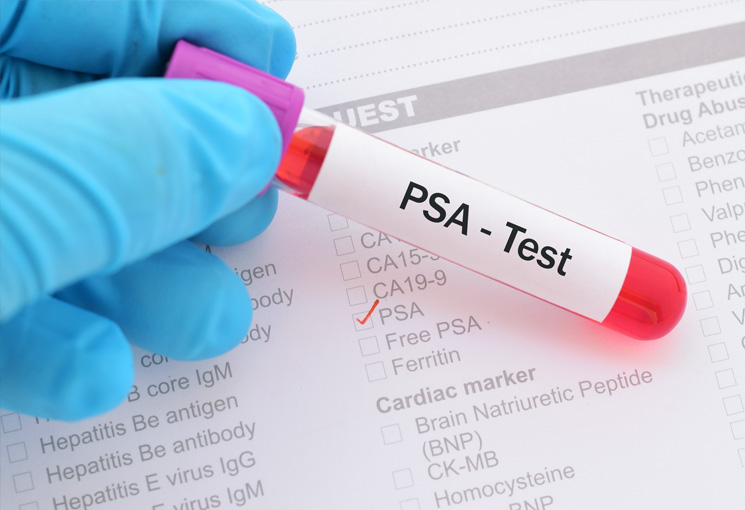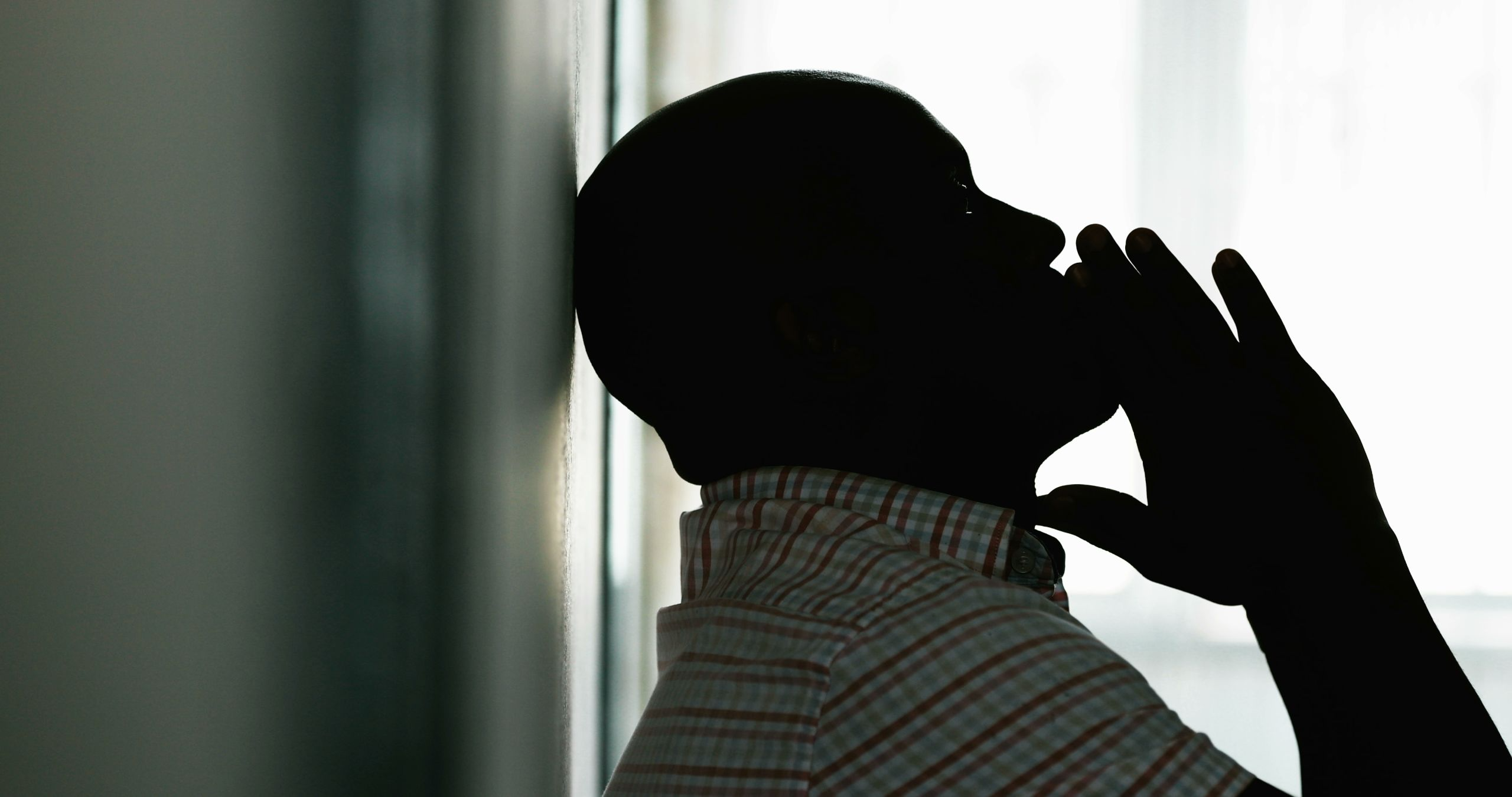Prostate Anatomy
The more you know about the normal development and function of the prostate, where it’s located, and what it’s attached to, the better you can understand how prostate cancer develops and impacts a man’s life over time.
The prostate is a small gland about the size of a table tennis ball. It sits under the bladder and in front of the rectum. The prostate (not prostrate) is only present in people who are biological males. It is not essential for life, but it is important for reproduction, because it supplies fluids needed for sperm to survive. Sperm are not made in the prostate; they are made in the testes and travel to the prostate through the vas deferens.

The seminal vesicles are structures shaped like rabbit ears that store and secrete a large portion of the ejaculate. These structures sit behind the prostate.
The neurovascular bundle is a collection of nerves and blood vessels that run along each side of the prostate, helping to drive erectile function and help with maintenance of urinary control. They travel from the lower spine forward through the pelvis to the penis.
Because this bundle sits very close to the prostate, it is often disturbed during prostate cancer treatment, and is sometimes directly invaded by more aggressive cancers.
The bladder gets larger as it fills up, like a balloon, holding urine until the body is ready to void. The urethra, a narrow tube that connects to the bladder, runs through the middle of the prostate and along the length of the penis, carrying both urine and semen out of the body. It is the hose that drains the bladder.
The rectum is the lower part of the intestines that connects to the anus, and it sits right behind the prostate.






